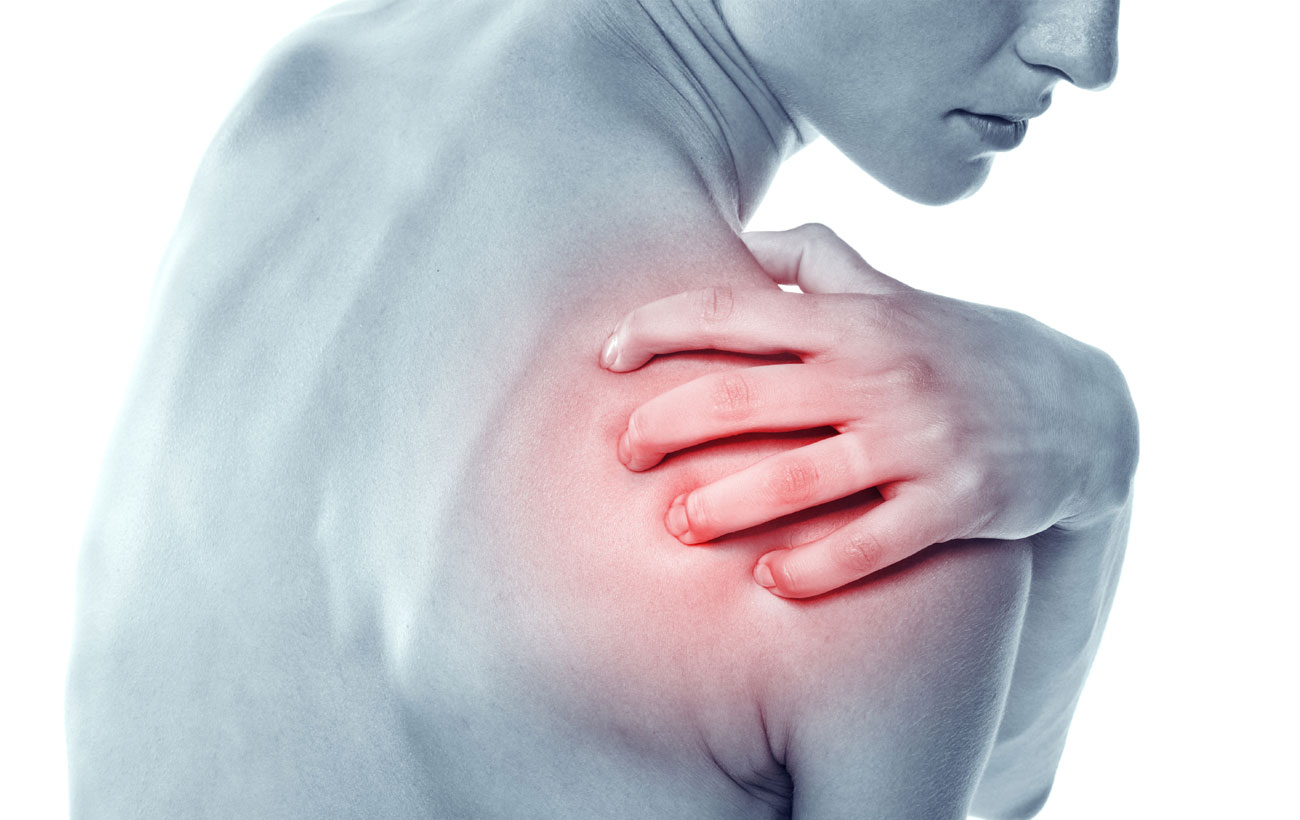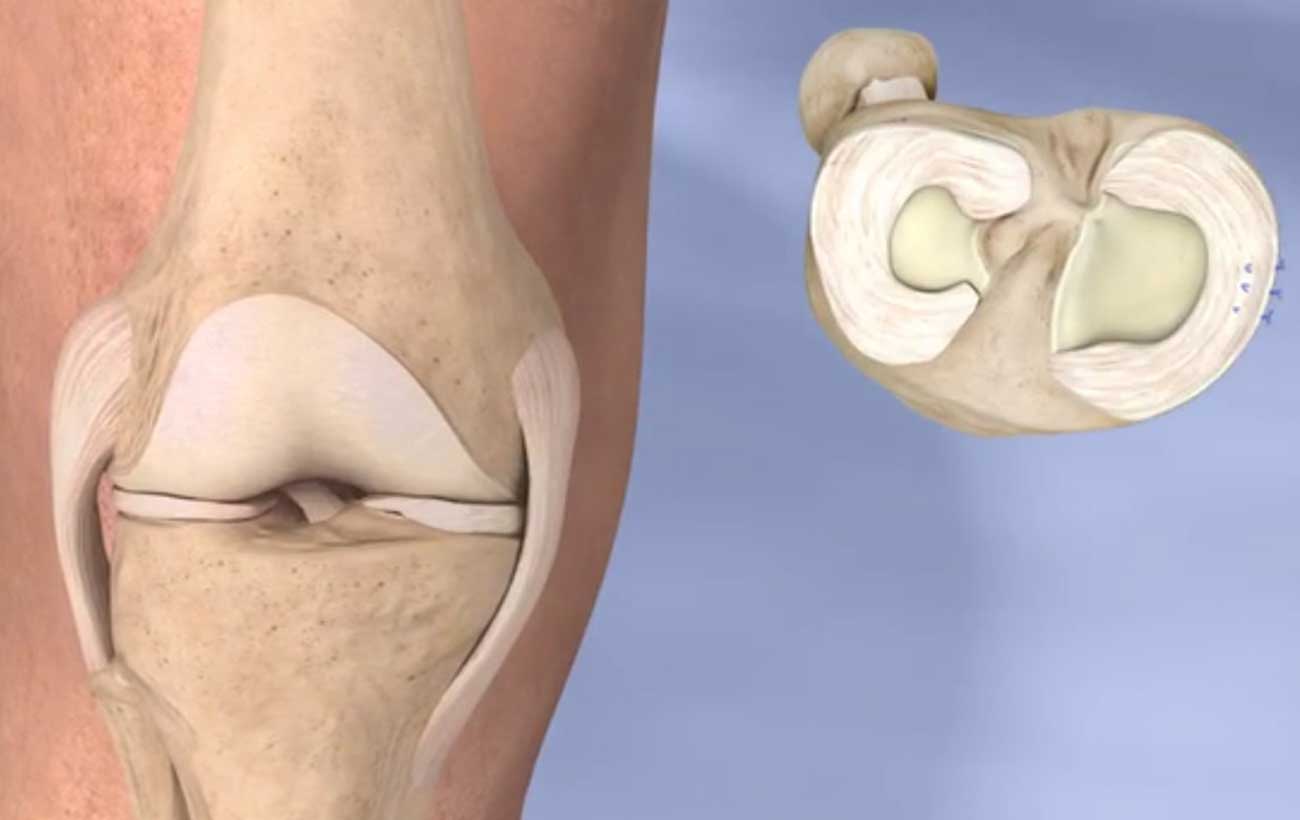innovative techniques Platelet-rich plasma therapy Times have changed since the days of bloodletting, when doctors…

Shoulder Pain and Problems
Shoulder pain and problems are common. There are many types of shoulder problems that are caused by injuries and sudden (acute) or long-lasting (chronic) inflammation of the shoulder joint. The shoulder is a complex joint that has great mobility. This ability to move also increases the chances that it can be injured.
Causes
The shoulder is the most movable joint in the body. But it is also an unstable joint because of its range of motion. Because the ball of the upper arm is larger than the socket of the shoulder, it is at risk of injury. The shoulder joint is supported by soft tissues. These are the muscles, tendons, and ligaments. They are also subject to injury, overuse, and degeneration.
Progressive diseases that break down tissues in the body over time may also play a role in shoulder problems. Or they may cause pain that travels along nerves to the shoulder.
Common causes of shoulder problems include the following:
- Dislocation. The shoulder joint is the most often dislocated major joint of the body. This is often caused by a strong force that separates the shoulder joint’s ball away from the joint’s socket. The ball is the top rounded part of the upper arm bone (humerus). The socket is called the glenoid.
- Separation. The AC joint (where the clavicle meets the acromion) becomes separated when the ligaments attached to the collarbone (clavicle) are torn, or partly torn, away from the shoulder blade (scapula). Shoulder separation may be caused by a strong blow to the shoulder, or a fall.
- Bursitis. Bursitis often occurs when tendonitis and impingement syndrome cause inflammation of the bursa sac that protects the shoulder.
- Impingement syndrome. This is caused by the excessive squeezing or rubbing of the rotator cuff and shoulder blade. The pain is from an inflamed bursa (lubricating sac) over the rotator cuff. Or it may be due to inflammation of the rotator cuff tendons. And it may be due to calcium deposits in tendons due to wear and tear. Impingement syndrome can lead to a torn rotator cuff.
- Tendinosis. Tendinosis of the shoulder is caused when the rotator cuff or biceps tendon become worn out and inflamed. This is often a result of being pinched by nearby tissues. The injury may vary from mild inflammation to most of the rotator cuff. When the rotator cuff tendon becomes inflamed and thickened, it may become trapped under the acromion.
- Rotator cuff tear. A rotator cuff tear involves 1 or more rotator cuff tendons becoming inflamed and torn from overuse, aging, a fall on an outstretched hand, or a collision.
- Adhesive capsulitis (frozen shoulder). This condition is often caused by injury that leads to lack of use due to pain. Not enough use may cause inflammation and scar tissue to grow between the joint surfaces, which limits motion further. There is also a lack of synovial fluid to lubricate the gap between the arm bone and socket. This fluid normally helps the shoulder joint to move.
- Fracture. A fracture is a partial or total crack or break through a bone. It often occurs due to an impact injury.
Treatments
The goals of treatment are to ease pain and restore your shoulder to normal function. To do this, a variety of treatments may be used such as:
- Changing how you do some daily activities (activity modification)
- Rest
- Physical therapy
- Medicines such as ibuprofen, naproxen, and other nonsteroidal anti-inflammatory medicines (NSAIDs)
- An injection of anti-inflammatory steroids
- Surgery (when other options fail or are not advised for the injury or condition)



